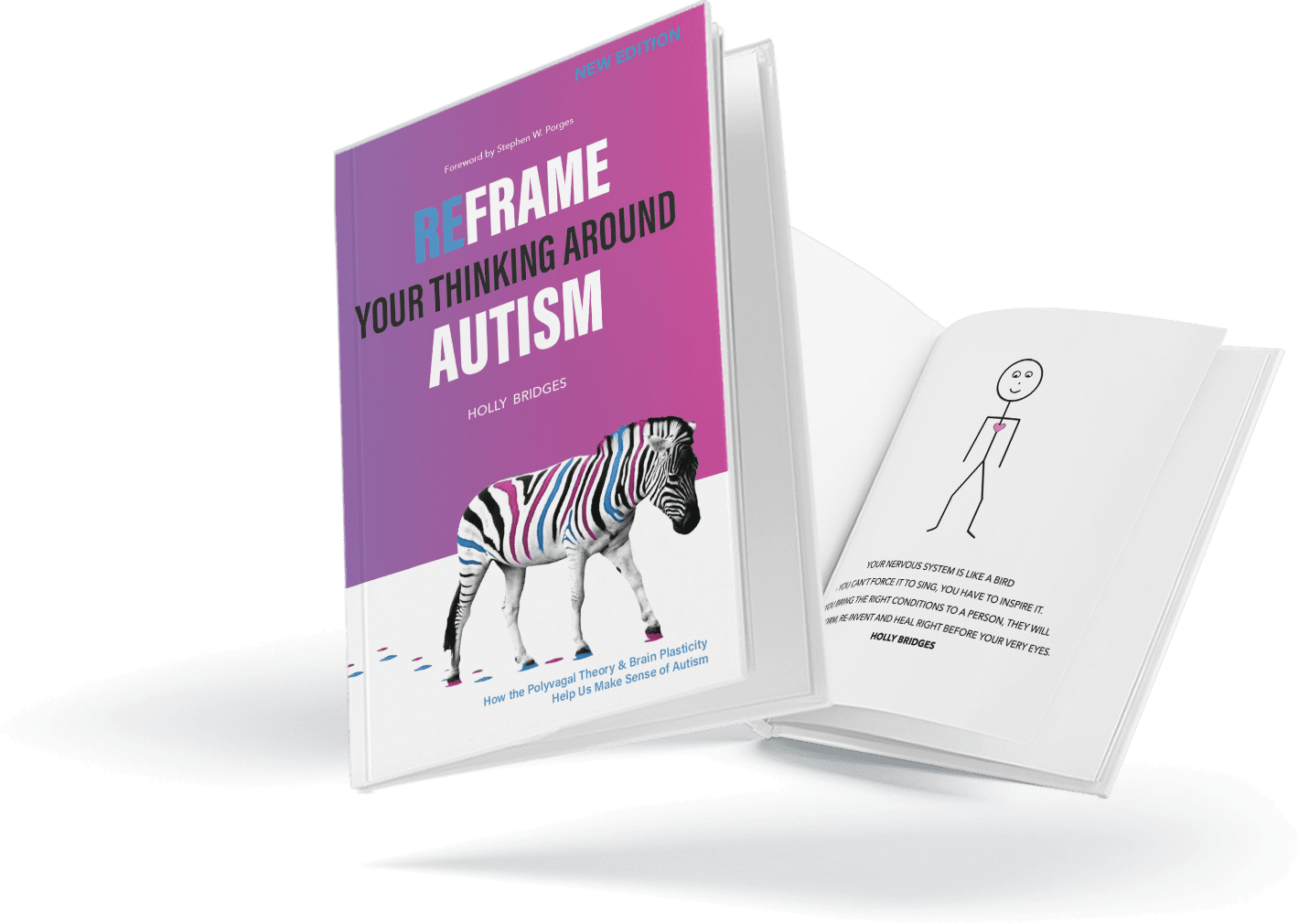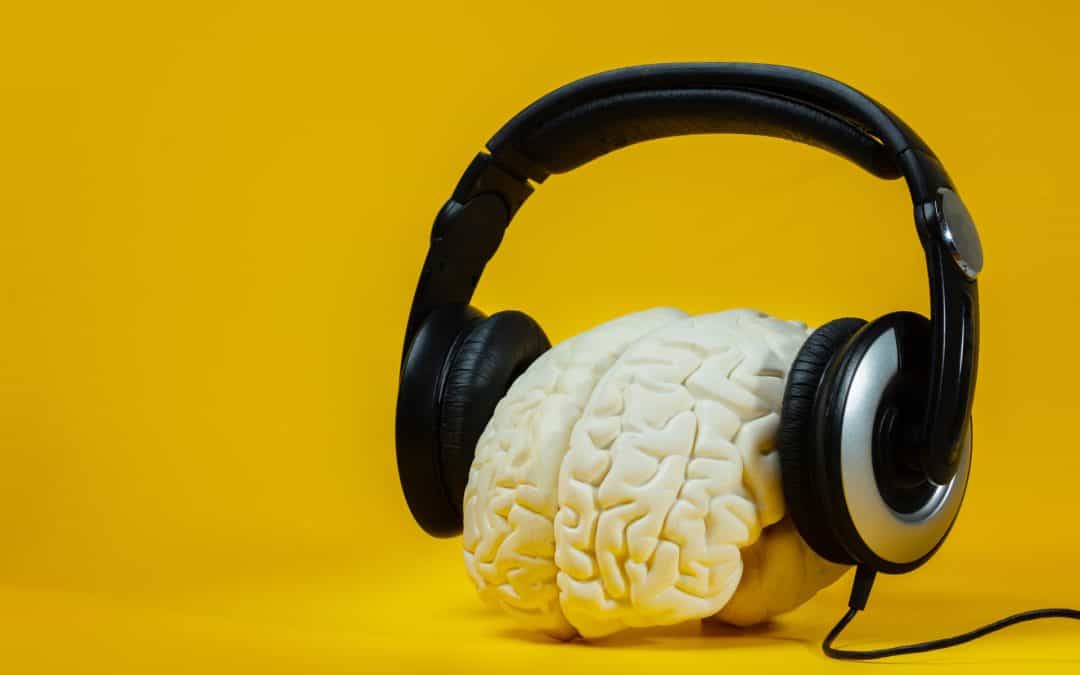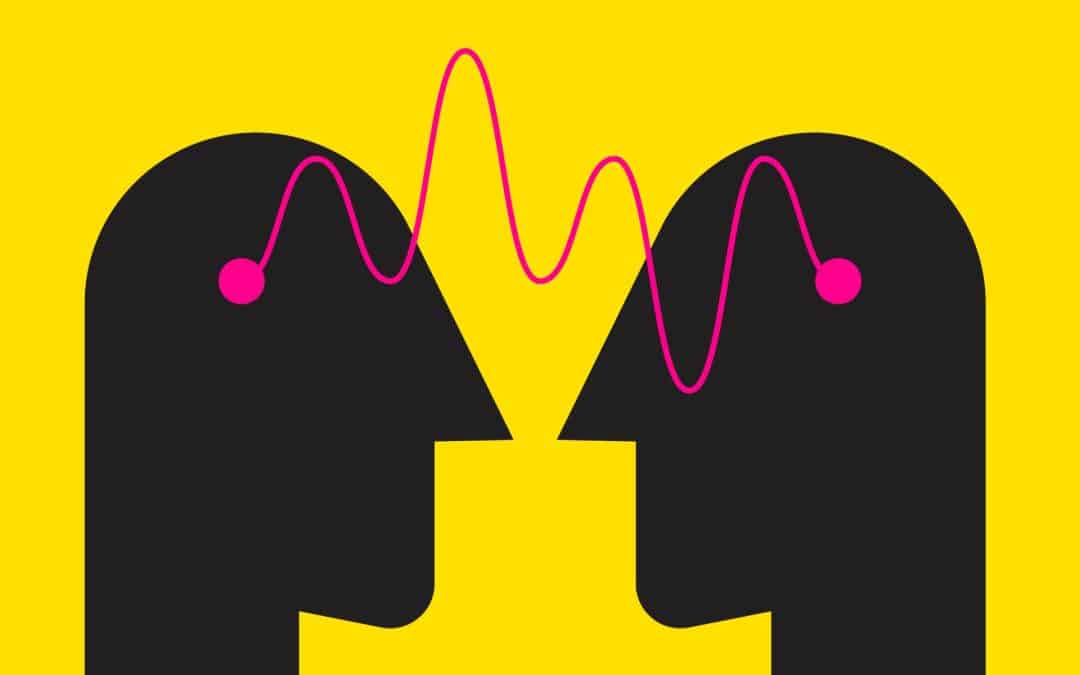Mind-body connection: Holly Bridges emphasizes the importance of the mind-body connection and how it impacts the individual’s perception of the world and their own experiences. ART incorporates techniques from fields like kinesiology, movement, and mindfulness.
Reframing: A key aspect of the ART method is helping individuals with autism reframe their understanding of the condition. Instead of viewing it as a disorder, ART encourages seeing it as a different way of processing information and experiencing the world. This reframing process helps reduce self-judgment and promotes self-acceptance.
Polyvagal Theory: ART incorporates Dr. Stephen Porges’ Polyvagal Theory, which explores the role of the autonomic nervous system and its impact on emotional regulation and social engagement. The method uses techniques to help individuals with autism better regulate their nervous system, leading to improved emotional regulation and social engagement.
Fight-or-flight response: Defense Mode is described as a chronic fight-or-flight state that is triggered when the individual perceives their environment as threatening or overwhelming. This state makes it challenging for individuals with Asperger’s to engage with others and participate in everyday activities.
Identifying triggers: The Asperger Experts’ approach focuses on helping individuals identify the triggers that cause them to enter Defense Mode, so they can better understand their reactions and develop strategies to manage their stress and anxiety levels.
Building support systems: This approach emphasizes the importance of creating a supportive environment, including strong relationships with family and friends, to help individuals with Asperger’s feel safe and secure. By reducing the perceived threats and stressors, individuals can gradually move out of Defense Mode and improve their overall well-being.
- ART emphasizes the mind-body connection and incorporates techniques like kinesiology and mindfulness, whereas the Asperger Experts’ approach primarily focuses on identifying triggers and managing the Defense Mode state.
- The ART method promotes a reframing of autism as a different way of processing information rather than a disorder, fostering self-acceptance and self-awareness. Defense Mode, on the other hand, focuses on understanding and addressing the specific anxiety and stress-related challenges faced by individuals with Asperger’s Syndrome.
- Holly Bridges’ ART method draws upon Polyvagal Theory to help individuals with autism regulate their nervous system, while Asperger Experts’ Defense Mode is centred around the concept of a chronic fight-or-flight state and building support systems to manage it.
In conclusion, Holly Bridges’ ART method and Asperger Experts’ Defense Mode concept both offer valuable insights and strategies to help individuals with autism navigate their unique challenges. However, they differ in their focus and approach, with ART emphasizing the mind-body connection and reframing autism, while Defense Mode concentrates on managing anxiety, stress, and building support systems.”
Then it made this!






